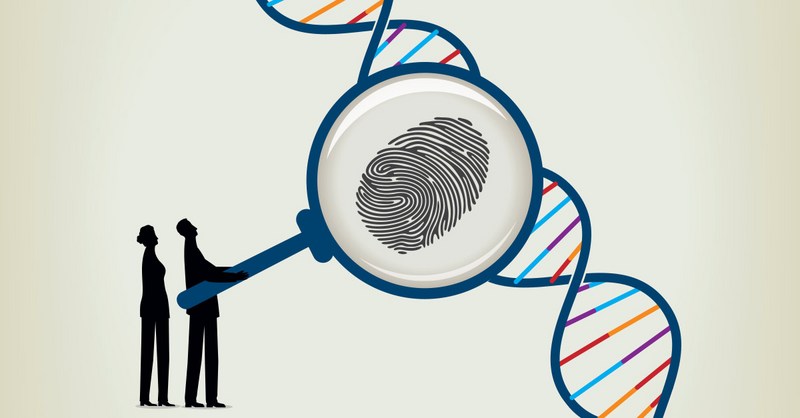Charles Darwin is considered to be the father of evolution. This all started when Darwin was given the position to sail the South American waters on the HMS Beagle. Darwin made his most important discoveries on The Galapagos Islands. These discoveries led to his theory of evolution by natural selection and his theory of the origin of all species. Charles Darwin wanted to be able to explain the diversity and variety of species, therefore the finches, the turtles, and more species on the islands were able to help him build his theory. For example, the finches that Darwin found all exhibited different beaks having a variety of structure. All the different beaks are used as tools and all the finches have these specific beaks for the specific islands they live on. Furthermore, this showed Darwin his first step to becoming the father of evolution. Darwin was then able to see how the different shape, size, and structure of a turtle’s shells on the islands corresponded to which island they lived on, which was the same idea with the finches. This was due to his idea of a species exhibiting a fit to the environment, the greater the fit the greater the chance of survival, and vice versa. The fitness of a species to a certain environment was the consequence of natural selection. The idea of natural selection is how species evolve to exhibit a better fit to its’ environment weather it’s the ability to hide from a predator, or the ability to reach its food source, or even the ability to live in specific environments. If the species isn’t fit for the environment it will just die, and in the end the species will probably become extinct. As Darwin continued to gain knowledge and create ideas and theories he published the book, “On the Origin of Species” in 1859 and this was an amazing discovery which helps us today in modern science, medicine, and more.

There is an important question of today: How does the discovery of DNA proved Darwin’s theory of evolution was correct and how does it change the way we view evolution today and in the future? Due to Darwin’s theory we are now able to prove it was indeed correct through DNA. This macromolecule is essential because we are able to see the evolutionary change due to mutations. There are different mutations that are caused in the sequences of DNA, without these mutations there wouldn’t be a variety or any changes in life. Natural selection is a key factor as well, because when a mutation happens it will either help or not help the species show a better fit to its environment. If the species has a better fit, the mutation would continue appearing in future offspring because without this mutation, other species would probably die becoming extinct, being the process of evolution and creating this variety. Additionally, scientists were able to look at the coding of DNA and understand that specific genes are the key to why we have this variety of species. DNA contains switches, and these switches turn specific genes (sequences in DNA) “on” and “off”. The ability to turn specific genes “on” and “off” causes different traits to be able to arise, leading to the idea of evolution as said before. This ability in genes also led us to the discovery of how all four-legged species arose from a common ancestor of a fish and how dinosaurs share a common ancestor with birds. As science advanced, an organism named Tiktaalik was discovered. Tiktaalik was a fish, but also had a bone structure found in all four-legged species, which was very interesting to the idea of evolution.

Currently, scientists are able to do so much, such as look at embryos and study them; for example, scientists were able to identity how the inner bone in human ears are developed from fish gills. Jim Noonan, from Yale University was able to find the differences from a chimp and a human – since there is only a 1% difference. Jim Noonan spotted a sequence being different in 13 different places in the DNA. He was able to inject this “thing” that he found into a mouse embryo and was very surprised at the discovery. Jim found out what one thing that makes humans unique was, and it was the thumb. This digit on our hands is a key role in our daily lives and he saw how this started to develop in the mouse’s hand when it was injected into the embryo. In addition, there is another neurologist who studies microcephaly, this is a condition in where the brain doesn’t develop properly. Chris Walsh the neurologist, discovered 21 different mutations that caused microcephaly in the human genes, and found key information on the growth and development of a brain, which is another thing that makes humans unique. Later on, with the information he found, he compared it to a chimp and found major differences. The research this neurologist did was a key factor in the area of human evolution. We see how chimps’ brain are 3 times smaller than human brains and how from certain mutations humans eventually arose from chimpanzees.

DNA is what make us all unique and it is very interesting to see how a small changes in the sequence, can change a whole protein that is going to be built; without changes in DNA, there would be no evolution. In conclusion, these changes started the idea of evolution, natural selection, artificial selection, fitness, and so much more. Our world and science advances every day, our techniques and ideas do too, leaving anything possible for the future.

Sources:
http://www.pbs.org/wgbh/nova/evolution/darwin-never-knew.html
https://www.darwins-theory-of-evolution.com
https://www.thoughtco.com/dna-and-evolution-1224567
http://humanorigins.si.edu/dna-and-evolution
https://www.ucg.org/the-good-news/dna-the-tiny-code-thats-toppling-evolution
http://www.sciencemeetsreligion.org/evolution/dna.php
https://evolution.berkeley.edu/evolibrary/article/mutations_01
http://eewevolution.weebly.com/dna-comparison.html
http://www.exploredna.co.uk/evolution-dna.html
https://www.informationisbeautifulawards.com/showcase/822-evolution-and-classification-of-life
https://www.amazon.com/Origin-Species-Natural-Selection-Editions/dp/0486450066